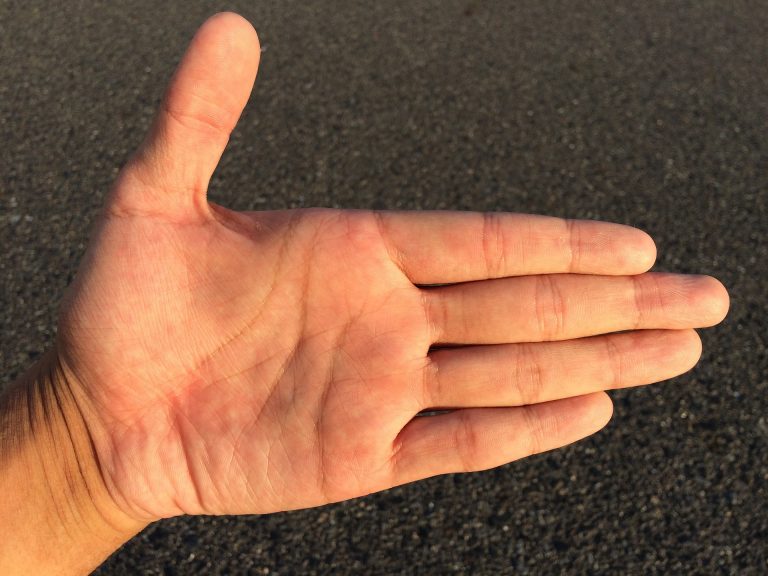Balneotherapy: Exploring Its History, Practices, and Scientific Validity
Introduction
Balneotherapy, derived from the Latin word “balneum” meaning bath, is a therapeutic approach that utilizes mineral-rich waters, mud, and other natural elements for health and wellness benefits. Dating back centuries, balneotherapy has been practiced in various forms across cultures worldwide, often associated with healing springs and thermal baths renowned for their medicinal properties. Today, balneotherapy encompasses a range of treatments, from immersion in mineral waters to mud baths and wraps, aimed at promoting relaxation, alleviating pain, and improving overall well-being. While it enjoys popularity as a complementary therapy, its scientific basis and efficacy remain subjects of ongoing research and debate. This article aims to explore the history and cultural roots of balneotherapy, examine its contemporary practices and techniques, evaluate existing scientific research on its therapeutic claims, address controversies and criticisms, and discuss its integration into modern healthcare practices.
History and Cultural Roots
The practice of balneotherapy dates back to ancient civilizations that recognized the healing properties of natural mineral waters. In ancient Greece and Rome, thermal baths were integral to daily life and were believed to promote physical and mental health. These ancient cultures built elaborate bathhouses around natural hot springs, which served as centers for social interaction, relaxation, and healing.
The popularity of balneotherapy continued through the Middle Ages and the Renaissance, with European spa towns such as Bath in England and Spa in Belgium becoming renowned for their therapeutic waters. These mineral springs were believed to possess curative powers, attracting visitors seeking relief from various ailments and conditions.
In the 19th century, advancements in medicine and chemistry led to scientific investigations into the composition and therapeutic effects of mineral waters. Physicians began prescribing balneotherapy for a range of medical conditions, from rheumatism and arthritis to skin disorders and respiratory ailments.

Principles and Practices of Balneotherapy
Balneotherapy encompasses a variety of treatments that utilize natural mineral waters, mud, and thermal springs to promote health and well-being. The therapeutic effects of balneotherapy are attributed to the unique chemical composition of mineral waters, which may include minerals such as sulfur, magnesium, calcium, and potassium, as well as trace elements and gases.
Common forms of balneotherapy include:
- Immersion Baths: Patients immerse themselves in natural mineral waters, either hot or cold, for specified periods. This practice is believed to stimulate circulation, relax muscles, and promote detoxification.
- Mud Baths: Mud or clay, often enriched with mineral waters, is applied to the body and left to dry before being rinsed off. Mud baths are thought to improve skin texture, relieve pain, and reduce inflammation.
- Wraps and Compresses: Compresses soaked in mineral water or mud are applied to specific areas of the body to alleviate pain, reduce swelling, or promote healing.
- Inhalation Therapy: Inhalation of mineral-rich steam or gases from thermal springs is believed to benefit respiratory conditions such as asthma and chronic bronchitis.
Practitioners of balneotherapy may customize treatments based on individual health needs and desired therapeutic outcomes. The duration and frequency of treatments can vary depending on the condition being treated and the patient’s response to therapy.
Scientific Evaluation and Evidence
The scientific evaluation of balneotherapy has yielded mixed results, with some studies suggesting potential benefits while others highlight methodological limitations and inconsistent findings. Research into the therapeutic effects of mineral waters and mud baths has focused on various medical conditions, including musculoskeletal disorders, skin diseases, and respiratory ailments.
A systematic review published in the Journal of Clinical Medicine in 2020 examined the evidence for balneotherapy in treating osteoarthritis and found that immersion in mineral waters and mud baths may provide short-term pain relief and improve physical function. However, the review noted the need for larger, well-designed clinical trials to establish the long-term efficacy and safety of balneotherapy for osteoarthritis.
Similarly, studies have explored the effects of balneotherapy on conditions such as psoriasis, rheumatoid arthritis, and fibromyalgia, with some evidence suggesting improvements in symptoms and quality of life. However, many studies suffer from small sample sizes, lack of control groups, and variability in treatment protocols, making it challenging to draw definitive conclusions about the effectiveness of balneotherapy.
Critics of balneotherapy argue that much of the existing research is inconclusive and that any perceived benefits may be attributed to a placebo effect or the psychological benefits of relaxation and stress reduction. They emphasize the need for rigorous, well-controlled studies with standardized protocols to validate the therapeutic claims of balneotherapy definitively.

Criticism and Controversies
Critics of balneotherapy raise several concerns regarding its safety, efficacy, and scientific validity. One primary criticism is the lack of robust clinical evidence supporting the long-term benefits of mineral waters and mud baths for specific medical conditions. While some studies suggest short-term improvements in symptoms, the durability of these effects and their generalizability to broader populations remain uncertain.
Another concern is the potential for adverse reactions, particularly in individuals with sensitive skin or underlying health conditions. Prolonged exposure to thermal waters or mud baths may cause skin irritation, dehydration, or exacerbate certain medical conditions, highlighting the importance of individualized assessment and supervision during balneotherapy treatments.
Ethical considerations also arise regarding the marketing and promotion of balneotherapy as a natural or alternative treatment for serious medical conditions. Consumers may be drawn to balneotherapy based on anecdotal evidence or historical beliefs without fully understanding the scientific basis or potential risks associated with treatment.
Integration into Modern Healthcare
Despite skepticism from the medical community, balneotherapy continues to be practiced in various healthcare settings, including specialized spas, wellness centers, and rehabilitation facilities. Healthcare providers may recommend balneotherapy as a complementary treatment option for patients with chronic pain, musculoskeletal disorders, or skin conditions, alongside conventional medical therapies.
The integration of balneotherapy into modern healthcare practices has prompted efforts to establish professional standards, guidelines, and training programs for practitioners. Organizations such as the European Spas Association (ESPA) and the International Society of Medical Hydrology and Climatology (ISMH) advocate for evidence-based practices, research initiatives, and educational resources in the field of balneotherapy.
Conclusion
In conclusion, balneotherapy represents a centuries-old therapeutic practice rooted in the healing properties of natural mineral waters and mud. While many individuals report positive experiences and short-term benefits from balneotherapy treatments, scientific evidence supporting its long-term efficacy and safety remains limited and inconclusive.
As interest in complementary and alternative therapies continues to grow, the debate over balneotherapy’s place in modern healthcare will likely persist. Proponents emphasize its potential to alleviate symptoms, promote relaxation, and enhance overall well-being, while skeptics urge caution and adherence to evidence-based standards in healthcare decision-making.
Ultimately, further research, including well-designed clinical trials and studies on the mechanisms of action of mineral waters and mud baths, is needed to validate the therapeutic benefits of balneotherapy definitively. In the meantime, individuals considering balneotherapy should consult with qualified healthcare providers, seek reliable information, and approach its use as a complementary approach to conventional medical care.
By fostering a balanced and informed approach to balneotherapy and other complementary therapies, healthcare providers and consumers can work together to promote safe, effective, and evidence-based practices that support holistic well-being and patient-centered care.

